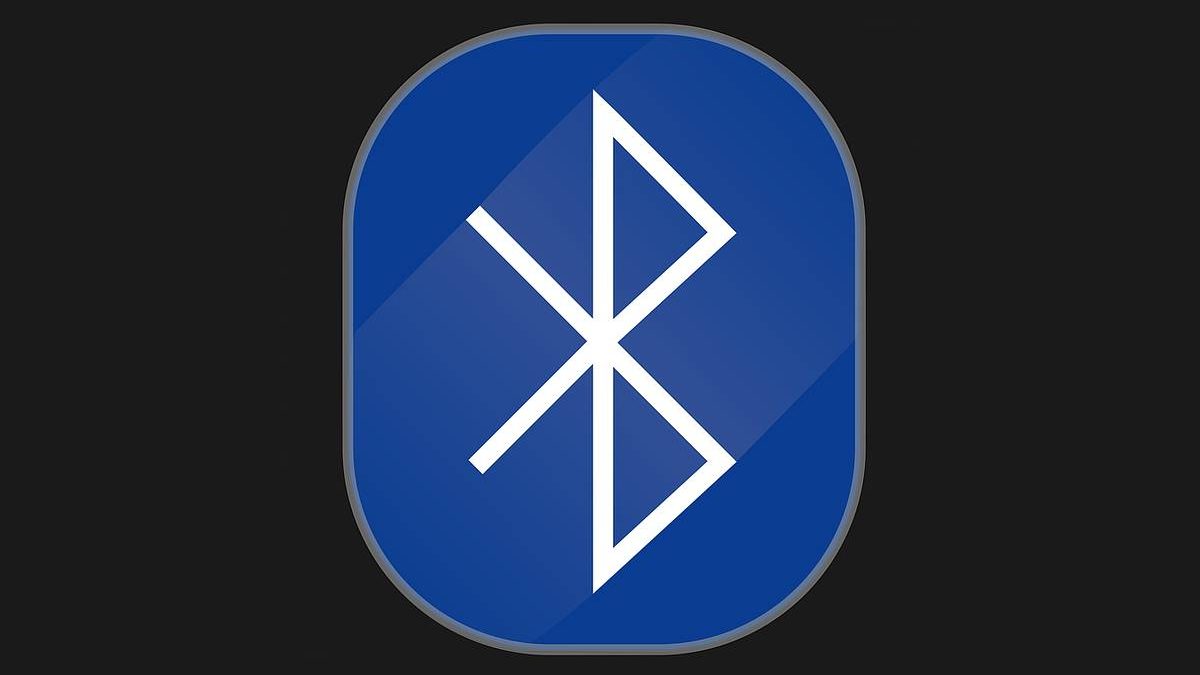What is BLE(Bluetooth Low Energy) Why it’s so Popular in IoT
The Internet of Things (IoT) has been more like jargon in recent decades. However, in the present day, this market has gone beyond a simple theory. Over 8 billion active IoT devices exist worldwide, and Bluetooth Low Energy(BLE) is a key technology fostering this market’s rapid growth.
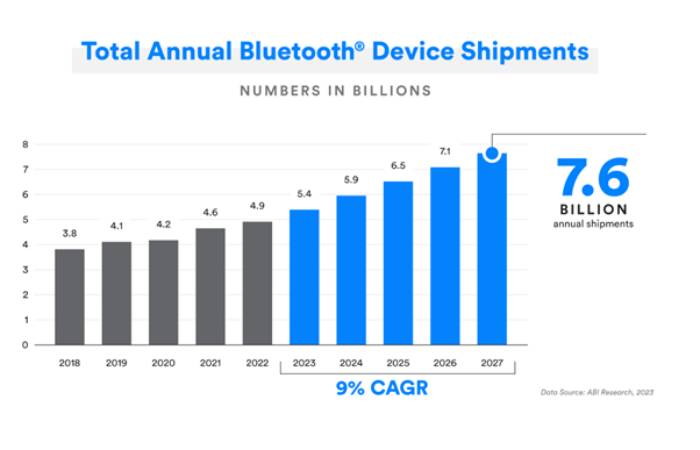 Bluetooth Low Energy (BLE) came to light in 2012, and this versatile protocol provides wireless connection for several of IoT’s most critical applications. It majors on operating with very low power, which enables it to be used in several industries, including healthcare, consumer electronics, and logistics.
Bluetooth Low Energy (BLE) came to light in 2012, and this versatile protocol provides wireless connection for several of IoT’s most critical applications. It majors on operating with very low power, which enables it to be used in several industries, including healthcare, consumer electronics, and logistics.
This article will discuss the basics of BLE and it’s applications. Let’s dive in!
Table of Contents
Is BLE the same as Bluetooth?
BLE operates via the 2.4 GHz ISM band, and the Bluetooth SIG sustains the standard. However, it doesn’t support the classic Bluetooth, which uses the Basic Rate/Enhanced Basic Rate (BR/EDR) protocol.
Initially, Bluetooth SIG’s primary focus was improving the Bluetooth Classic until 2010, when they released v4.0. This new version took a different direction than the former by including a new protocol: Bluetooth Low Energy (BLE).
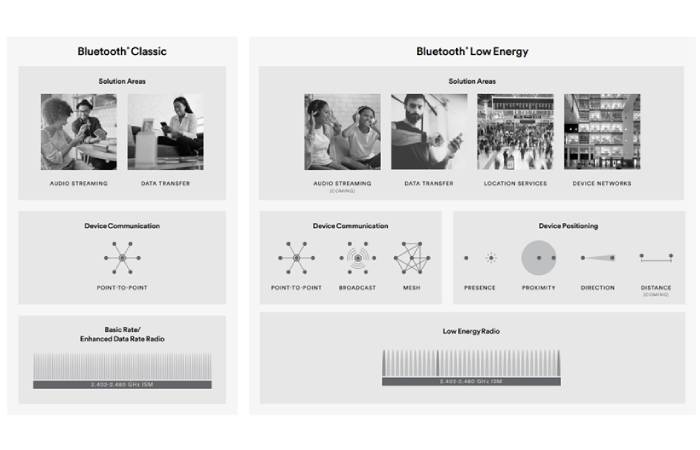
The makeup of Bluetooth Classic is such a way that it can handle bulk data. However, given that feature, it consumes power rapidly. A typical traditional use case for Bluetooth Classic is transmitting music from your phone to Bluetooth headphones.
Conversely, BLE is made for applications that don’t need to handle bulk data but need a very good battery life. Consider a sensor in a temperature-controlled warehouse that you want to set up and leave behind for years. In this case, BLE would be a good option.
Although more technical nuance exists in the two protocols at a high level, the difference between Bluetooth Classic and Bluetooth Low Energy boils down to the difference in data handling and power consumption.
Why BLE Gets Popular in the Internet Of Things (IoT)?
An IoT system is a network of billions of devices – “things” interconnected wirelessly to exchange data over the internet.
IoT technology aids in connecting things like smart lights, thermostats, animals with implanted trackers, cars with driver assist sensors, and people with wearable medical devices. Any animal, object, or person can become a “thing” in IoT, which connects people, systems, and processes.
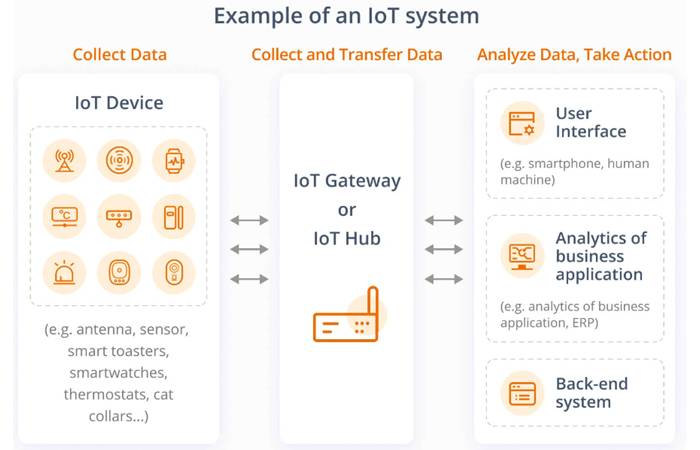
But to make these long-lasting connections a reality, IoT depends on low-power connectivity technologies like BLE, LoRaWAN and ZigBee. Ampng them, BLE is mostly seen as the most widely-used technology for IoT applications because of the following reasons:
Low power consumption
Batteries power several IoT devices and must last long in the field. For instance, it would be unfeasible to frequently replace batteries in over a hundred sensors in a warehouse environment.
Enhancing battery life by reducing power consumption is a major differentiator for such devices and is crucial to their end applications. BLE beacons can run for years on tiny coin-cell batteries thanks to the BLE technology consuming minimal energy. This is also main factor behind BLE’s prominence in the IoT.
On the other hand, BLE stays in sleep mode when a connection is unavailable. This mode enables the BLE to provide lower bandwidth and reduced power consumption compared to Bluetooth.
The type of data being exchanged
BLE is optimized for the transmission of data in small amounts. It designed to clowly send a maximum of about 1Mbps data, consuming as little power as 0.01 to 0.5 Watts. This feature is perfect for IoT devices such as BLE sensors that only need to transfer small-packet state data, greatly extending their lifespans.
Things need to be reminded is that BLE devices don’t have IP addresse, because Bluetooth Low Energy is a different protocol than IP (Internet Protocol). Therefore, to transfer data from BLE-only device to the Internet, a Bluetooth gateway that has an IP connection is needed to receive data from downlink BLE end devices and then relay it to cloud server for futher data visualization.
Bluetooth Low Energy M2M and IoT Applications
Let’s now examine the applications of BLE in IoT and the Machine to Machine (M2M) world.
BLE AoA in Asset Tracking
BLE direction-find function, or BLE AoA can be used in locating and tracking the movement of valuable assets, like, inventory or equipment. This can be helpful to companies in the improvement of efficiency, reduction of costs and losses, and optimization of asset utilization.
For instance, a distribution center or a warehouse could use BLE positioning systems to track inventory movement and optimize the use of space, leading to increased effective operations and reduced costs.
![]()
In addition, BLE gateways (sometimes people call it AoA locator) can help identify the precise assets location in warehouses and industrial settings. Regular monitoring gives detailed information on the movement of the equipment, its state, and working and idle time during the day. After installing beacons on equipment like forklifts, they will transmit the equipment data in real-time to the AoA locators and caution on the dangers of leaving the enterprise’s premises or possible collisions. Using the devices facilitates accurate planning of tasks on asset tracking, thereby reducing equipment malfunction and optimizing logistics processes.
BLE Mesh in Agriculture Lighting
Bluetooth Low Energy Mesh became accessible in the summer of 2017. The mesh network is a new choice of topology for Bluetooth Low Energy. Because of other wireless protocols like ZigBee, using the mesh technique as the core feature and validated by the market, Bluetooth Low Energy (BLE) accepted the Mesh Network to maintain its dominant position in wireless technology.
BLE mesh protocol-based lighting control solutions can aid in the control of grow lighting, including the ON/OFF, CCT adjustment, brightness adjustment functions, etc. This control is to satisfy plant growth requirements as there are variations in growing conditions like humidity, brightness, and temperature. In addition, the lights can be automatically adjusted to suit the environment. BLE Mesh is also widely used in building automation.
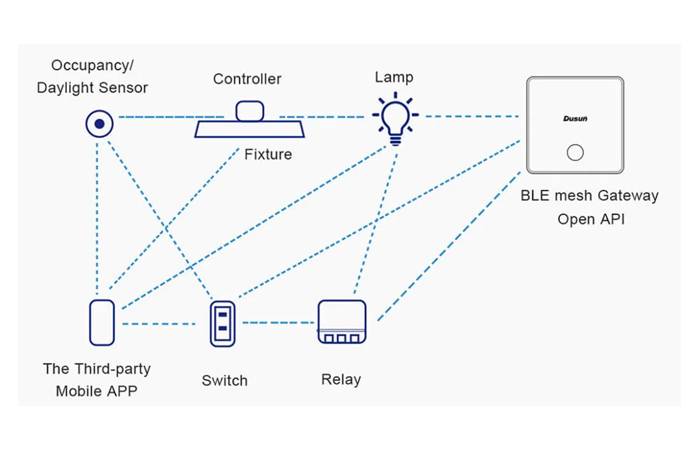
BLE used in Sensors of Wearable Medical Devices
BLE technology prevails in this field because BLE-enabled medical wearables are easy to be found in a varity of online shops. BLE sensors are widely used within wearable medical devices like ECG stickers and IoT-based pulse oximeters. It helps patients and senior citizens to gather real-time data about their body’s vital signs and send to cloud platforms of healthcare providers to via a Bluetooth gateway to form data visualization.
Due to the popularity of home health monitoring, a lot of hospitals and manufacturers of medical devices began developing an IoT-based remote patient monitoring system, which helps professionals monitor their patient’s health conditions without patients going to the hospital.
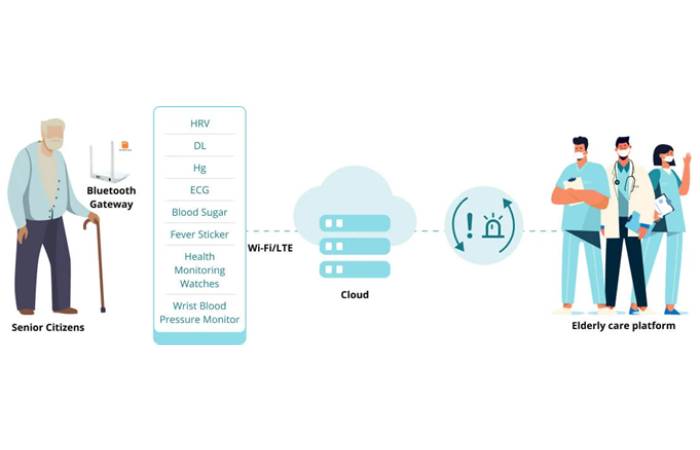
Takeaway
Bluetooth and Bluetooth low Energy share the similarity of helping users connect to their important devices for commercial and consumer use. However, they share a difference in how they distribute data for energy conservation. Bluetooth can handle Enormous amounts of data but rapidly consumes battery power and costs much more. Bluetooth low Energy, on the other hand, is used for applications that don’t require an exchange of large amounts of data and can operate well on battery power for a long time at a cheaper rate.

